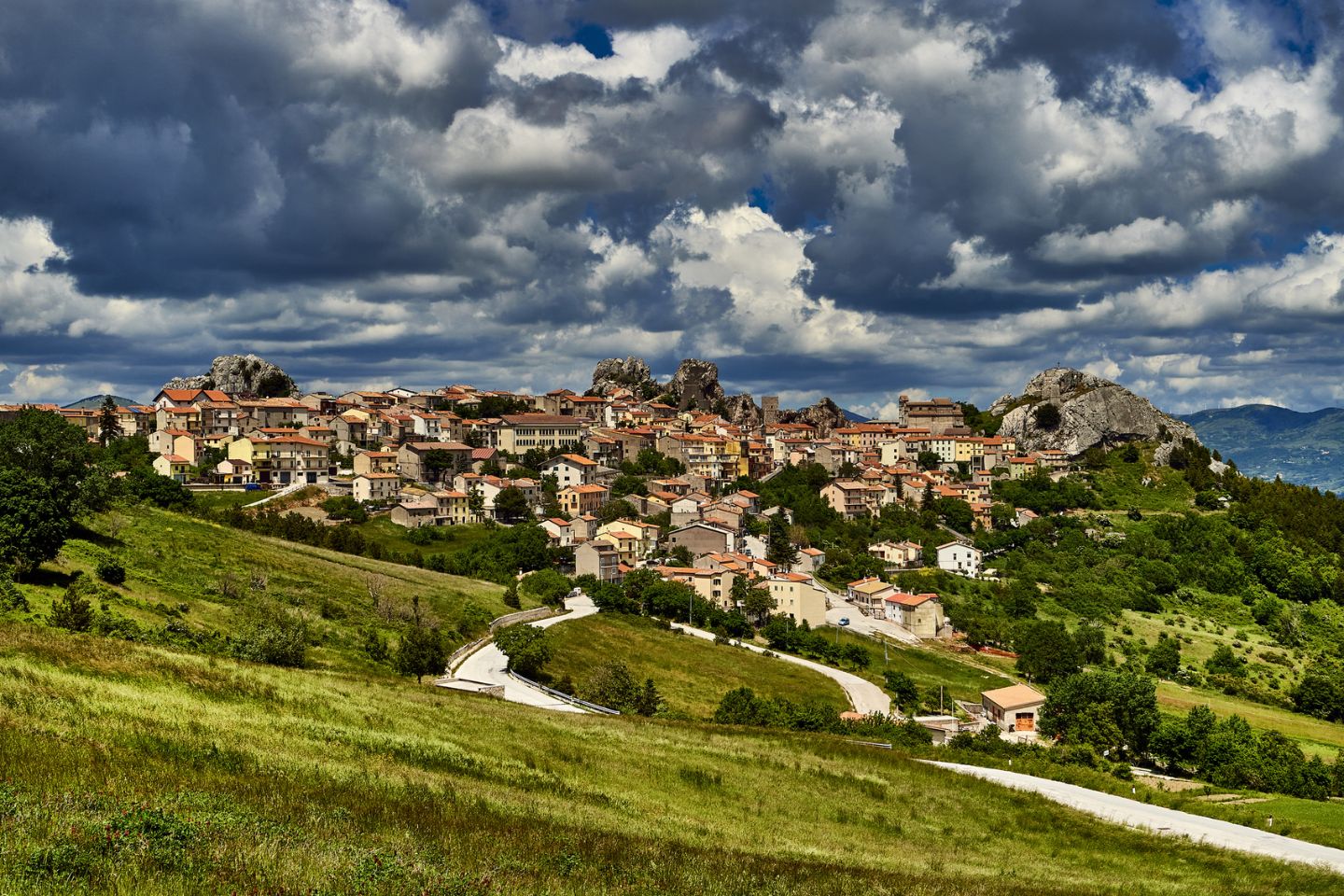Tucked away like a well-guarded secret in the embrace of southern Italy, Molise emerges as the country’s mysterious treasure trove. Often referred to as the “region that doesn’t exist,” it remains unvisited for the most part, even among Italians. While the world openly appreciates Tuscany’s beauty, Umbria’s charm, and Sicily’s allure, Molise quietly awaits discovery.
Molise is Italy’s uncharted territory. Unfazed by bustling crowds and the rush of tourism, the region invites travelers to unearth its enigmas, traverse medieval hilltop villages, and savor the flavors of a rich and often overlooked Italian heritage.

A Landscape of Rolling Hills and Centuries of History
Despite being Italy’s second smallest region, Molise packs a diverse array of landscapes and attractions within its approximate 4,400 square kilometers. From the Apennine mountain range into the Adriatic Sea, the terrain of the region encompasses rolling hills, valleys, and charming coastal towns. Travelers can expect a slower pace of life during their stay. Forget the hustle and bustle of big cities, and instead, embrace the tranquil pace.
Molise’s rich history dates back to ancient times, with evidence of human settlement dating back to the Paleolithic era. Over the centuries, the region has been invaded by various civilizations, including the Romans, Slavs, Spaniards, and Barbary pirates. Each left its mark on Molise’s cultural heritage.
Today, its landscape consists of medieval hilltop villages, cobblestone streets, centuries-old churches, and crumbling fortresses. They seem frozen in time, offering visitors a glimpse into the region’s storied past. Many believe its ancient architecture rivals what you’ll find in Rome and other renowned Italian destinations.
Cuisine in Molise
Molise’s culinary scene is a testament to its agricultural heritage. Locally sourced ingredients take center stage in traditional dishes. The region’s cuisine encompasses everything from hearty soups, meats, and stews to handmade pasta and artisanal cheeses.
No visit to Molise would be complete without sampling its award-winning wines. The region’s vineyards are vast among hills and sunny valleys. For this reason, the region produces a variety of indigenous grape varieties, including Tintilia and Aglianico. Visitors can expect unique flavors in their wines, whether sipping a robust red or a crisp white.
Sustainable Tourism
In recent years, the region has garnered attention for its commitment to sustainable tourism and eco-friendly practices. From agritourism initiatives that promote farm-to-table dining to eco-friendly accommodations amid pristine natural surroundings, Molise is leading the way in responsible travel. Molise is Italy’s hidden treasure, and the region remains a well-kept secret.
